May 24, 2025 | 14:55 GMT +7
May 24, 2025 | 14:55 GMT +7
Hotline: 0913.378.918
May 24, 2025 | 14:55 GMT +7
Hotline: 0913.378.918
Tien Giang is one of the major mango-growing provinces in Vietnam with 3.3 thousand ha in 2021. Hoa Loc sweet mango is the province’s specialty, originating in Hoa hamlet, Hoa Hung commune, Cai Be district. The mango has an attractive color, delicious taste, and high nutritional value.
Hoa Loc sweet mango is grown in many communes of Cai Be district. Markets such as the US, Canada, France, Japan, Australia, Singapore, and China… has imported this type of mango.

Hoa Loc sweet mango planted in Tien Giang. Photo: Minh Sang.
The agricultural sector of Cai Be district is encouraging and supporting farmers to grow mangoes to produce according to GAP standards, apply science and technology to production, and at the same time associate with businesses to form a value chain and ensure sustainable output for products.
Mr. Dang Van Tung, Deputy Head of the Department of MARD in Cai Be District, said that “The People's Committee of Cai Be district has coordinated with relevant departments and branches of Tien Giang province. They also conduct advocacy and have policies to support the establishment of cooperatives and cooperative groups for Hoa Loc mango production in the district. Consequently, the People's Committee of Cai Be district has created favorable conditions for mango growers to access scientific, technical, and technological advances in the production process”.
With these efforts, in Cai Be district, two mango production cooperatives have been established, namely Hoa Loc Cooperative and My Luong Cooperative. Additionally, there is also a Tan Thanh Mango Cooperative Group.
In particular, Hoa Loc Cooperative has the most extensive scale and area with more than 100 members and has been certified by VietGAP and GlobalGAP with an area of over 20 hectares. In the past time, the cooperative has invested in renovating and expanding the area of preliminary processing factories - packaging products and equipping them with specialized equipment such as fruit sinks, heat treatment tanks, fruit drying tables, ethylene gas incubators, cool storage… As a result, Hoa Loc Cooperative's sweet mangoes ensure quality, reduce post-harvest losses and increase value and storage time.
Tien Giang mangoes in particular and Vietnamese mangoes, in general, have now been exported to many markets, including China - the key market. Chinese traders assess that Vietnam has favorable conditions for developing mango trees, with high yields, suffering from few pests and diseases, and cheap labor. The mango prices are competitive compared to other suppliers.
According to Mr. Dang Phuc Nguyen, General Secretary of the Vietnam Vegetable Association, China is the second largest mango producer in the world. In 2020, China's mango planting area is at 349 thousand ha and mango output is at 3.3 million tons.
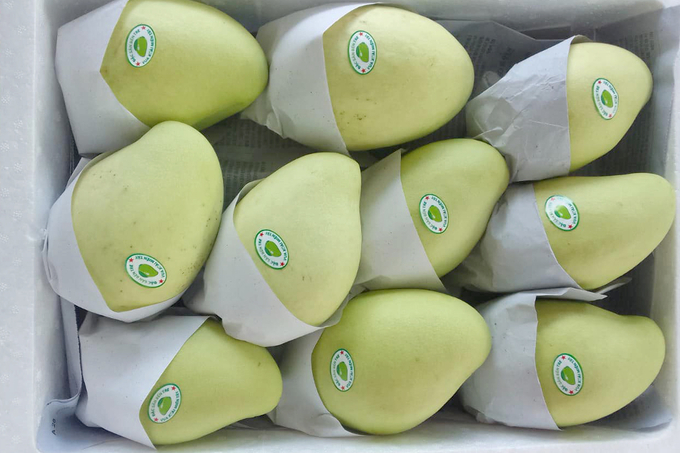
Vietnamese mango. Photo: Minh Sang.
As a large producer, China has a huge import demand for mangoes. China mainly imports fresh and dried mangoes, with the five main supplying markets being Vietnam, Thailand, Taiwan, Australia, and Peru. In 2020, China imported 84,000 tons of mangoes. Vietnam's mango accounted for about 80%.
In 2021, Vietnam's fresh mango exports reached $258 million, in addition to the $47 million in exports of mango products such as dried mangoes, and mango juice,... In total, Vietnam's mango export value reached over $300 million, of which 84% of Vietnam's mango exports went to the Chinese market.
Consequently, in the orientation to develop the production and export of Vietnamese mangoes by 2030, MARD considers China as the key market. There are also other markets such as the US, EU, Japan, Korea, Australia…
Vietnamese mango exporters should consider developing along the product value chain, from production, purchasing, preliminary processing, packaging, and preservation. This is to meet the regulations of the Chinese market on traceability, food safety, hygiene, and epidemic prevention to increase mango exports to China and maintain its position.
To promote the export of mangoes and other fruits, Tien Giang is promoting the granting of planting area codes. According to the Tien Giang Department of MARD, the province has granted 281 area codes for planting on an area of 17,600 ha for fruit trees.
With markets such as the US, Korea, Japan, Australia, and New Zealand, Tien Giang has been granted 154 growing area codes for fruits such as mango, dragon fruit, star apple, and rambutan. Additionally, Tien Giang has also issued 728 packing facility codes.
Translated by Hoang Duy
/2025/05/22/5250-1-184853_288.jpg)
(VAN) According to a representative from the Central Retail Vietnam, Vietnamese products such as seafood, sweet potatoes, dragon fruit, coffee, and spices hold great potential in the Thai market.
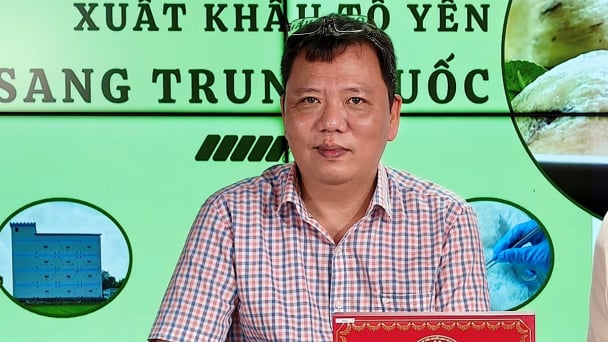
(VAN) A multi-channel, multi-directional strategy only works when the agricultural value chain meets global transparency and SPS standards.
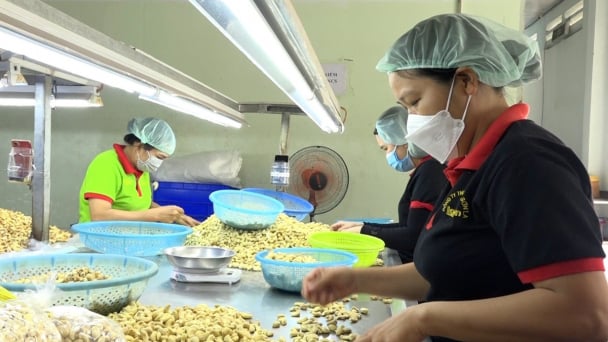
(VAN) Market expansion is a matter of survival for Vietnamese businesses amid fierce competition and global supply chain fluctuations.
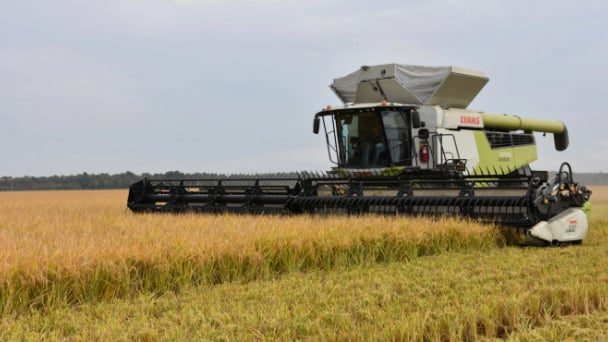
(VAN) Global market prospects for U.S. long-grain rice for the upcoming marketing year.
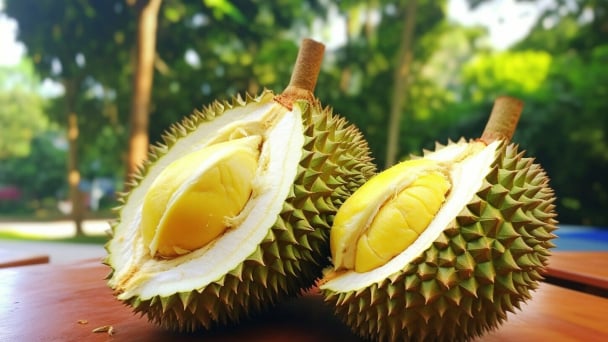
(VAN) China’s General Administration of Customs started permitting fresh durian shipments from Cambodia after a phytosanitary protocol was signed with the Cambodian Ministry of Agriculture in late April.
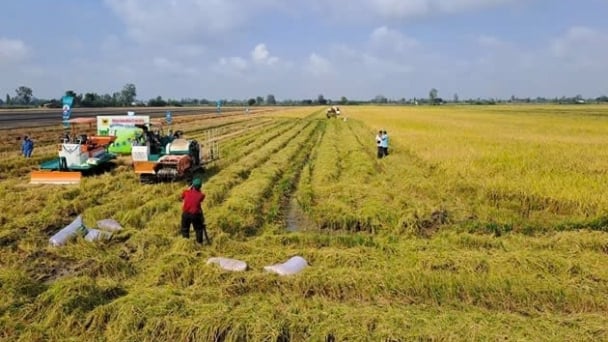
(VAN) To operate carbon market, one of the key issues is determining which types of 'commodities' meet the standards to be traded on the market.
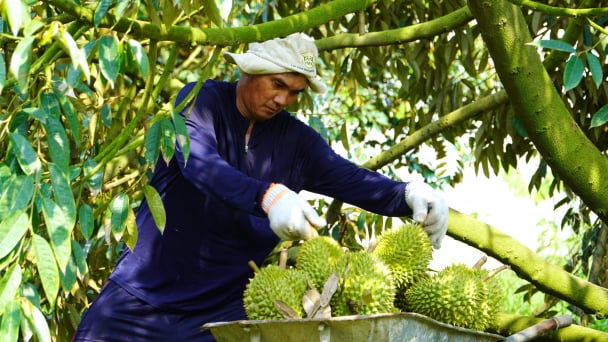
(VAN) Durian-producing localities need to coordinate more effectively with central authorities to improve the traceability, monitoring, and response systems in case of violations.